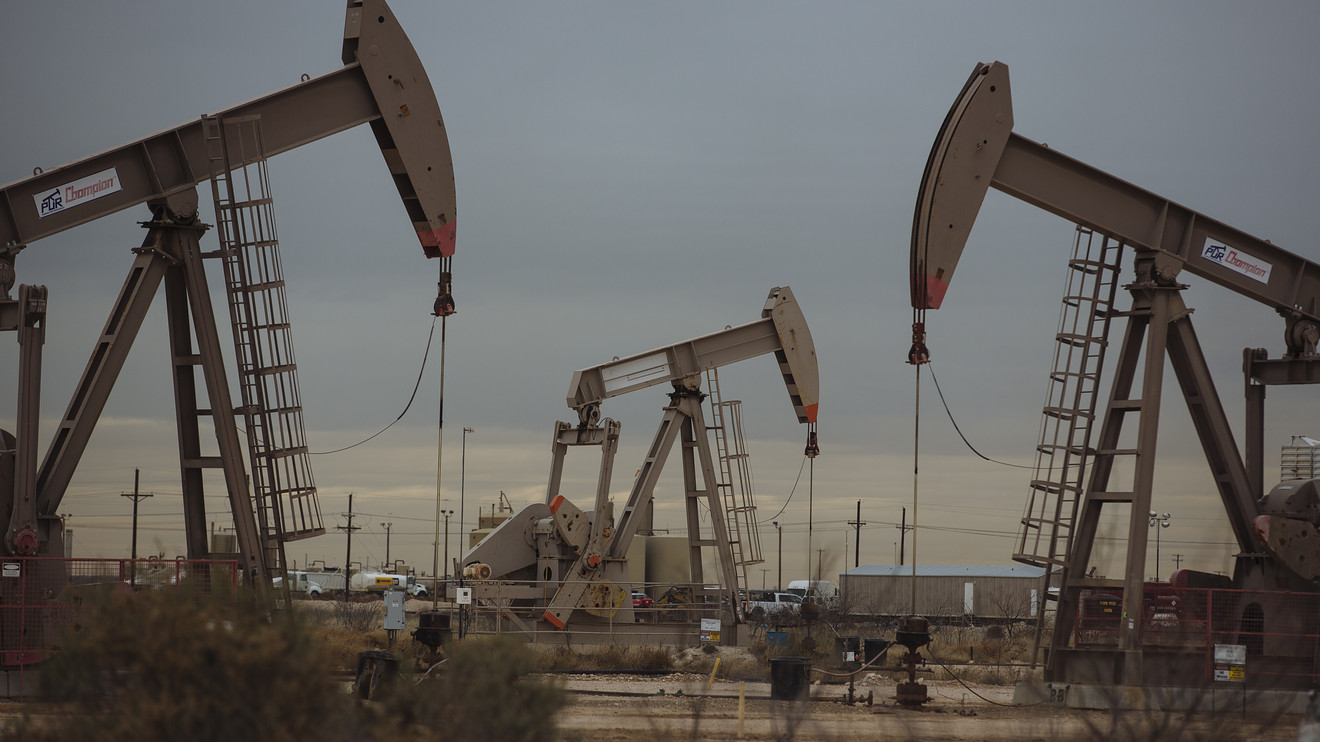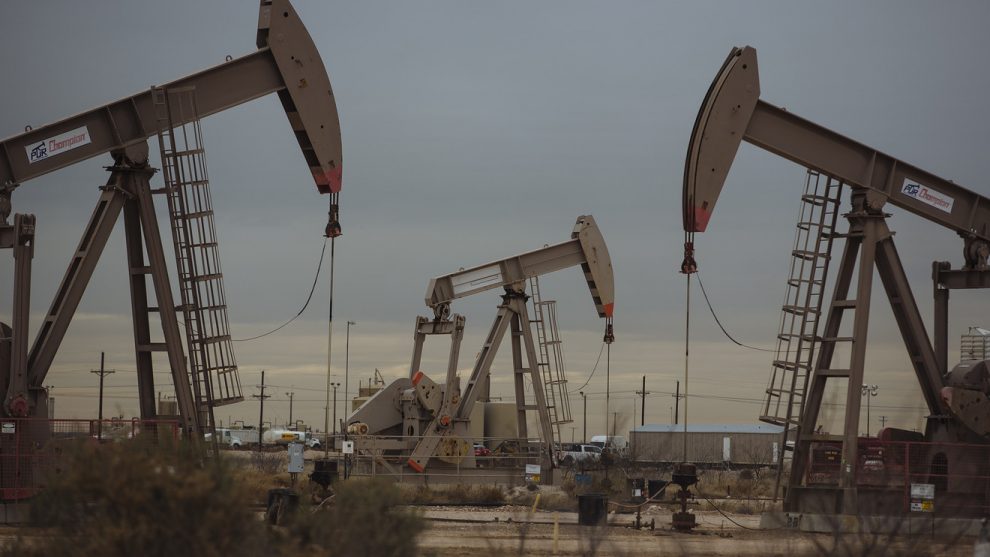
Oil futures snapped back with gains Tuesday, loosely tracking a recovery for stock markets, but still held in limbo ahead of a key supply decision by OPEC and its allies, primarily Russia, in coming weeks.
Oil futures finished lower on Monday as investors focused on worries about slowing global growth after weaker import data from China and uncertainty surrounded Russia’s decision on whether to extend production curbs beyond their expiration this month. The U.S. decision to shelve tariffs on Mexican imports had provided some underlying support to oil prices in early dealings.
At last check, West Texas Intermediate crude for July delivery CLN19, +1.33% on the New York Mercantile Exchange gained 59 cents, or 1%, to $53.85 a barrel, while August Brent crude BRNQ19, +0.71% rose 31 cents, or 0.5%, to $62.58 a barrel on ICE Futures Europe.
Crude has moved in relatively choppy fashion after the U.S. benchmark fell into a bear market last week.
“The rebound in recent sessions had been attributed to the U.S./Mexico deal on the border to avoid tariffs, improved overall sentiment and suggestions from Saudi Arabia that an extension was effectively guaranteed,” said Craig Erlam, analyst with Oanda.
“The latest stumble may prove to just be some early profit taking but there is a feeling that there’s more to it,” he said. “There still appears to be little idea of how much Russian involvement there will be in an extension and with the date of the OPEC+ meeting now looking like early July, perhaps producers are looking to make a decision with one eye on the outcome of the Trump/[China’s] Xi meeting.”
Uncertainty remains around prospects for the Organization of the Petroleum Exporting Countries, or OPEC, and its allies, particularly Russia, extending an agreement to curb output that took effect at the beginning of the year. Russian Energy Minister Alexander Novak on Monday said he couldn’t rule out a scenario in which oil falls to $30 a barrel if a global agreement wasn’t extended, according to Reuters.
OPEC members pumped 30.09 million barrels a day in May, the lowest since February 2015, before Gabon, Equatorial Guinea and Congo joined the group, tough Qatar was still a member at the time, according to an S&P Global Platts survey. Saudi production fell to 9.7 million barrels a day—the lowest since January 2015 and Iraqi output jumped to an all-time high of 4.82 million barrels a day, the survey showed.
In other energy trading, July gasoline RBN19, +1.29% rose 1.3% to $1.7523 a gallon, while July heating oil HON19, +0.85% rose 0.6% to $1.8173 a gallon.
Natural gas for July delivery NGN19, +0.34% traded at $2.371 per million British thermal units, up 0.6%.






